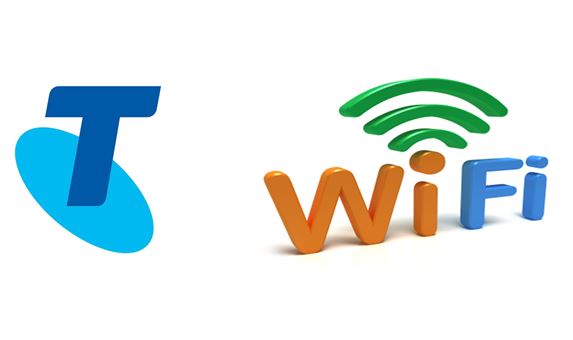
Telstra to build major Wi-Fi network
Telstra has announced that it will build what it describes as one of the largest public Wi-Fi networks in the world.
The plan involves the creation of some 8,000 new Wi-Fi “hot spots” over the next 5 years. But it will also involve mobilising the existing Wi-Fi resources of both businesses, local councils and domestic premises.
And through a partnership with global Wi-Fi operator Fon, Telstra customers will also be able to connect at more than 10 million international hot spots in countries including Germany, Poland, Britain, France and Japan.
One obvious question about the plan is why Telstra would want to build a wireless network which would compete with its own hugely successful 3G and 4G mobile products. The answer appears to lie in part in its desire to lock in its existing fixed broadband customers through a new form of product “bundling”.
Under the proposed network model, Telstra fixed broadband customers would be able to have free access to the network on the basis of their current data allowance – although in return they would be asked to share a part of their bandwidth with other Telstra Wi-Fi customers.
Telstra mobile customers, fixed customers who don’t opt for bandwidth sharing and other members of the public would pay what Telstra describes as a small access fee to use the network.
The proposal also, of course, helps Telstra deal with mobile network congestion problems in areas of high population density while meeting competitive challenges from the likes of iiNet which is currently building Wi-Fi networks in Australian capitals.










